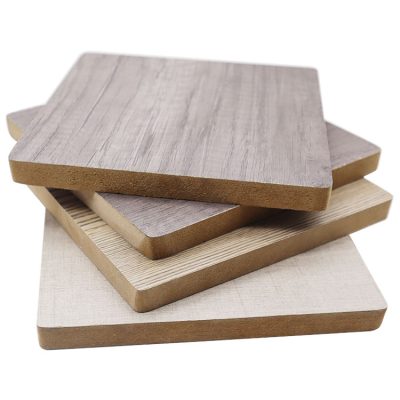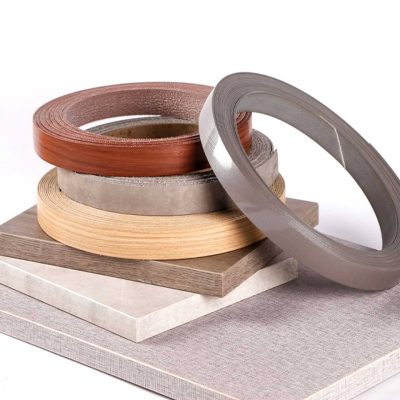Yes, you can put edge banding on MDF (Medium-Density Fiberboard). Edge banding is commonly used on MDF to finish and protect the exposed edges of the material. The process of applying edge banding to MDF is similar to applying it to other engineered wood products like plywood and particleboard.
Here are the steps to apply edge banding to MDF:
Materials You’ll Need:
- Edge Banding: Choose the type of edge banding material that suits your project, such as Acrylic edge banding, ABS edge banding, wood, or veneer.
- Adhesive: Use the appropriate adhesive for your specific edge banding material. Common options include hot melt adhesive for PVC and ABS edge banding, or wood glue for wood or veneer edge banding.
- Edge Banding Trimmer: This tool is used to trim the excess edge banding material flush with the MDF edge.

Steps:
- Prepare the MDF:
- Ensure that the edge of the MDF is smooth, free from any imperfections, and clean.
- Cut and Position the Edge Banding:
- Cut the edge banding to the desired length, allowing a slight overhang on both ends.
- Align the edge banding with the MDF edge, ensuring it’s flush and properly centered.
- Apply the Adhesive:
- If using hot melt adhesive, apply a thin, even layer of adhesive to both the MDF edge and the back of the edge banding. Allow it to set according to the adhesive manufacturer’s instructions.
- If using wood glue or other non-heat-activated adhesives, apply the adhesive to both surfaces and let it become tacky before proceeding.
- Activate the Adhesive (for Heat-Activated Edge Banding):
- If you’re working with heat-activated edge banding (such as PVC or ABS), use an edge banding iron to activate the adhesive. Follow the temperature and time recommendations provided by the edge banding manufacturer.
- Press and Trim:
- Immediately after activating the adhesive (or once the adhesive is tacky for non-heat-activated types), press the edge banding firmly onto the MDF edge. Ensure even pressure for a secure bond.
- Trim any excess edge banding material using an edge banding trimmer or a utility knife. Trim carefully to achieve a flush and neat edge.
- Finishing Touches:
- Once the adhesive has fully cured or set, the edge banding is securely attached and can be sanded and finished as needed.

Applying edge banding to MDF is a common and effective way to create a clean, finished appearance, as well as to protect the exposed edges of the MDF from moisture and wear. The choice of edge banding material and adhesive depends on your project’s requirements and design preferences. Always follow the manufacturer’s recommendations for the specific edge banding material and adhesive you are using to ensure a successful application.
